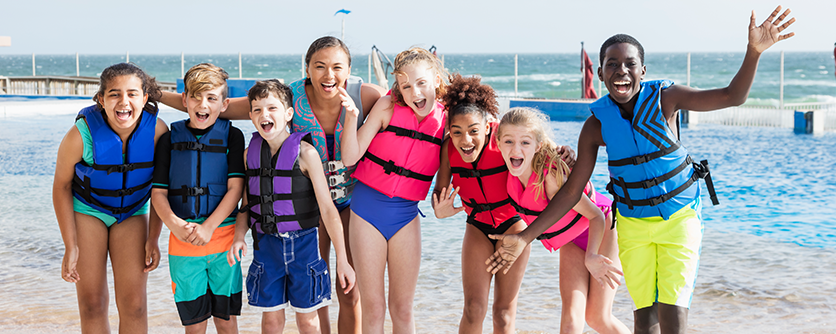To ensure you’re receiving the most up-to-date and accurate information, please choose the correct agency from the homepage. The DHEC website is no longer being updated and will be permanently unavailable Dec. 31, 2024.

South Carolina Drowning Data, 2017-2021
- From 2017-2021, children ages 1 to 4 years old had the highest rate of drowning deaths at 2.9 per 100,000 population and the highest rate of nonfatal drowning-related emergency department visits at 31.2 per 100,000 population. 1, 2
- The rate of drowning deaths among males was 3.8 times higher than that among females (2.3 per 100,000 population vs. 0.6 per 100,000 population).1
- The Lowcountry Region and the Pee Dee Region had the highest rates of nonfatal drowning-related emergency department visits (6.0 per 100,000 population and 5.5 per 100,000 population, respectively), which were higher than the SC rate of 4.5 per 100,000 population.2
- Since 2017, South Carolina’s rate of nonfatal drowning-related emergency department visits have decreased from 5.4 per 100,000 population in 2017 to 3.9 per 100,000 population in 2021.2 The rate of drowning deaths have slightly increased, from 1.4 per 100,000 population in 2017 to 1.5 per 100,000 population in 2021.1
Sources: 1. SC DHEC Vital Statistics, 2017-2021. 2. Office of Revenue and Fiscal Affairs, Emergency Department Visits and Inpatient Discharge data, 2017-2021.
Swimming Safety Tips
- Learn CPR by attending an American Red Cross Class.
- Consider medical conditions and if a person swimming, boating, or planning to be by the water is currently taking any medications that will affect their ability to navigate the water.
- Avoid Alcohol. Both adults supervising children and for anyone engaging in water activities.
- Take swim lessons and learn more about water safety through resources designed for both children and adults. You are never too old to learn how to swim!
Pool and Open Water Safety Tips
- Never swim alone. Enlist a trusted adult to act as the “Water Watcher” especially when children are at play near a pool, beach, or open body of water.
- Learn about and Download a Water Watcher Card
- Check for hazards and signs around a designated swimming area especially near pools and natural bodies of water. Pay attention to the posted signs about open water hazards. Also look for signs that say when lifeguards will be present.
- Refer to the Pool Safety Checklist
- Install fences, barriers, covers and alarms around home pools. A pool fence should surround all sides of the pool and be at least four feet tall with self-closing and self-latching gates. Remove ladders and access to stairs that allow children to climb into pools, ponds, or other waterways.
- Be aware of pool drains. Teach your child not to swim near pool drains or suction outlets. Visit poolsafety.gov to learn more about available resources to keep kids safe around pool drains.
- Empty kids’ pools immediately after use. Store them upside down and out of children’s reach.
Boating Safety Tips
- Wear a life jacket when boating or swimming in open bodies of water, this includes riding in a boat or using a personal watercraft
- Let someone know where you are going
- Additional Boating Safety Tips can be found at the SC Department of Natural Resources
- Take a SC Boater Education Course and learn both SC laws and best practices to prevent injury
- Wear Your Life Jacket – United States Coast Guard
SC Water Safety Coalition
The South Carolina Water Safety Coalition is currently hosted by DHEC in the Division of Injury and Violence Prevention. The Water Safety Coalition discusses community initiatives and goals with statewide partners. Goals of the group include bringing awareness to water safety programs like drowning prevention programs, swim and life jacket loaner boards, and SC Boater Education Courses.
If you would like additional information about what the coalition is doing or would like to establish a partnership, please email injury@dhec.sc.gov.